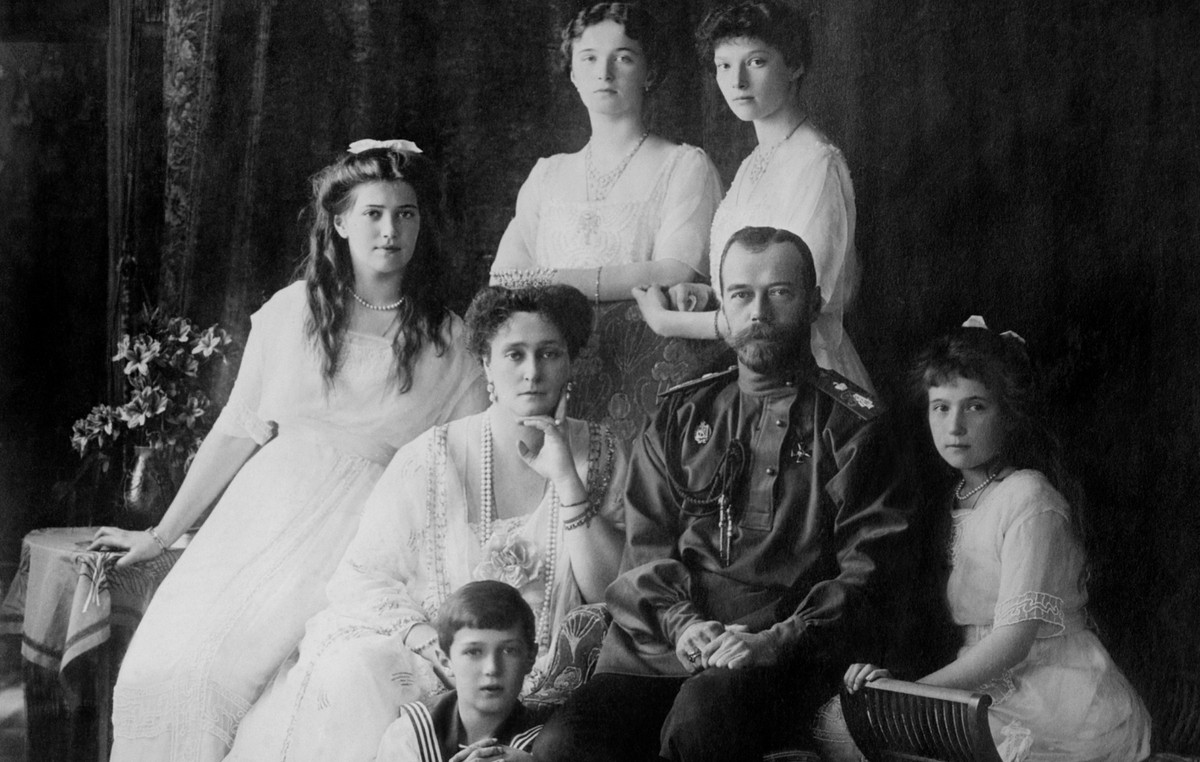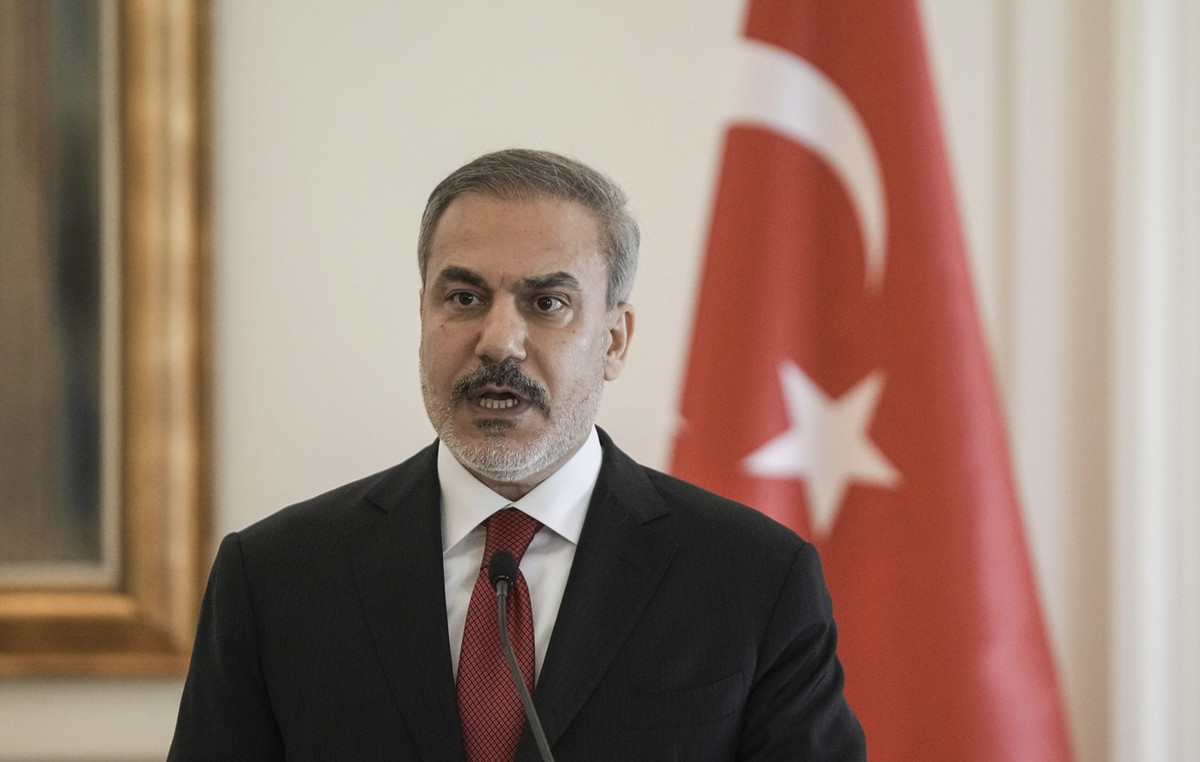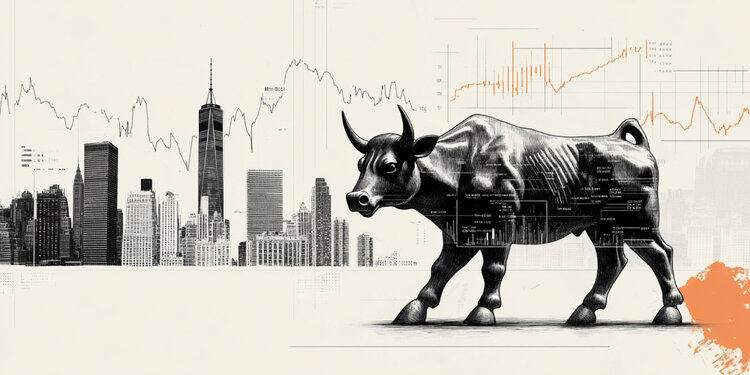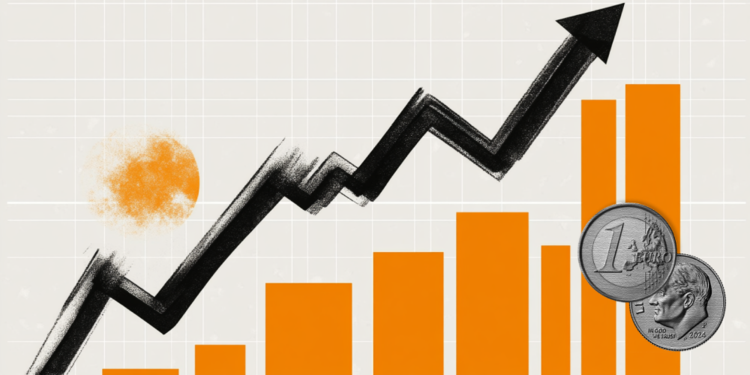Among the 27 units of the federation, 13 had an increase in Gross Domestic Product (GDP) in 2019 above the national average, which was 1.2%, reaching R$7.4 trillion.
In all, 22 states had growth that year. The data are from the 2019 Regional Accounts, released this Friday (12) by the Brazilian Institute of Geography and Statistics (IBGE).
The biggest increase in the year was Tocantins, which grew 5.2%, followed by Mato Grosso (4.1%), Roraima (3.8%), Santa Catarina (3.8%) and Sergipe (3.6% ).
On the side of the falls, the biggest retraction occurred in Espírito Santo (-3.8%). Pará (-2.3%), Piauí (-0.6%) and Mato Grosso do Sul (-0.5%) complete the list of reductions and Minas Gerais was stable. The other highs were below the national index.
According to the IBGE Regional Accounts manager, Alessandra Poça, in Tocantins, which has a 0.5% share of the national GDP, growth was driven by forestry.
“In Tocantins, growth is linked to the 278.2% increase in volume in forestry, fishing and aquaculture production, mainly in forestry, largely driven by the extraction of wood from eucalyptus logs. In addition, there was a growth in trade in the period”.
The manager highlights that trade contributed to the GDP growth in six states in 2019. “Among these 13 units [que tiveram alta acima da média nacional], commerce has a considerable weight in the economy, it is an activity that appears in six units of the federation among the two biggest contributions: Tocantins, Mato Grosso, Roraima, Santa Catarina, Amapá and Amazonas.
real estate activities [é quesito que] appears in five [AP, GO, CE, AL e RN] and Agriculture in four: Mato Grosso, Sergipe, Ceará and Alagoas”.
In Mato Grosso, the growth of agriculture was supported by the cultivation of herbaceous cotton and soy in the historical series, according to Poça.
“In the performance analysis throughout the 2002-2019 series, Mato Grosso continues to stand out with the greatest variation in accumulated volume among federative entities, a growth of 130.4% in the period.
The state’s performance was closely linked to agriculture, due to the cultivation of cotton and livestock in the period”.
falls
Among the states that showed a decline in GDP in 2019, Espírito Santo and Pará, the economic downturn was linked to extractive industries, with a reduction in the extraction of iron ore.
Piauí showed a decline in agriculture and trade and repair of motor vehicles and motorcycles. In Mato Grosso do Sul, however, there was a decrease in the cellulose production chain, in addition to the cultivation of soybeans and raising of cattle and swine.
In Minas Gerais, Poça explains that stability was due to the retraction in the extraction of iron ore and yes farming, with the negative biennial of coffee.
“Mineral production fell by 45.6% in 2019 in the state, caused by the collapse of the dam in Brumadinho and the temporary stoppage in the operation of several mines for monitoring and security reasons. This was decisive for the inflection of the volume of this group of activities, since the other industrial aggregates showed expansion in the level of activity”.
regional concentration
The Southeast, which has the largest share of the national GDP, decreased from 53.1% to 53%, with the deceleration of the economies of Rio de Janeiro and Espírito Santo. From 2018 to 2019, the North (0.2 pp) and South (0.1 pp) regions increased their participation, reaching 5.7% and 17.2%, respectively.
Northeast had a reduction of 0.1 percentage point, accounting in 2019 for 14.2% of the wealth produced in the country. The Midwest remained at the same level of contribution to the Brazilian economy, with 9.9% of the total.
The state of São Paulo concentrates about a third of the national GDP, with R$2.35 trillion. In the historical series, SP went from 34.9% of the Brazilian economy in 2002 to 31.8% in 2019. The research manager highlights that the state grew by 1.7% from 2018 to 2019.
“The biggest increases in the economy of São Paulo were in the group of service activities (2%), including financial activities, insurance and related services; trade and repair of motor vehicles and motorcycles and professional, scientific and technical, administrative and complementary services activities”.
Rio de Janeiro comes in second, with R$779.9 billion, and in third is Minas Gerais, with a GDP of R$ 651.87 billion. RJ, MG, RS and PR together account for another third of the GDP, going from 33.3% in 2002 to 32.2% in 2019. The other 22 states together increased from 31.9% of the national GDP in 2002 to 36% in 2019.
START Per Captures
In the analysis of GDP to capture, the Federal District remained ahead in 2019, with the value of BRL 90,742.75, which represents about 2.6 times the average value in the country, which is BRL 35,161.70.
Among the federation units, all states in the North and Northeast regions have the GDP to capture lower than the national, while in the South all states are above.
In the Midwest, only Goiás is below the national average and, in the Southeast, Espírito Santo and Minas Gerais are below.
Reference: CNN Brasil
I am Sophia william, author of World Stock Market. I have a degree in journalism from the University of Missouri and I have worked as a reporter for several news websites. I have a passion for writing and informing people about the latest news and events happening in the world. I strive to be accurate and unbiased in my reporting, and I hope to provide readers with valuable information that they can use to make informed decisions.







